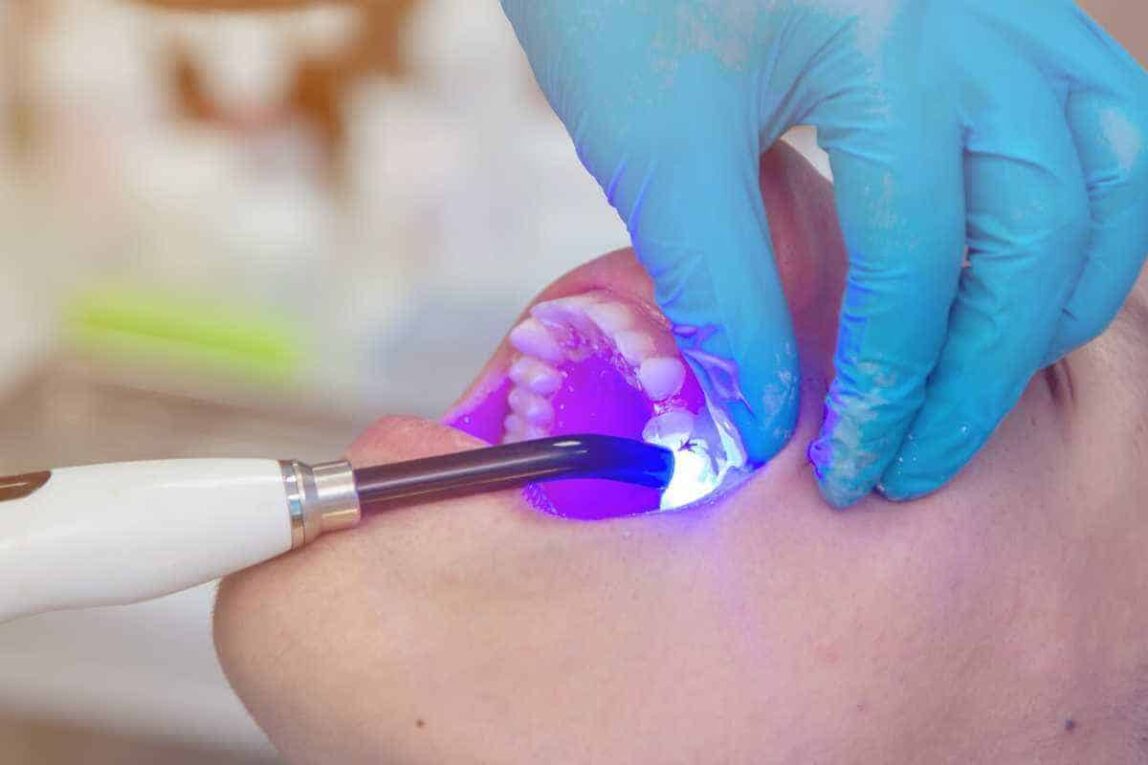Dental polymerization lamps play a very important role in modern dentistry. They are used to cure dental filling materials like composites and bonding agents by initiating a process called polymerization. Polymerization is a chemical reaction where small molecules called monomers link together in long chains or networks known as polymers. This curing process is essential to harden the filling materials so that they adhere strongly to the tooth structure and can withstand the forces of chewing. In this article, we will discuss in detail about dental polymerization lamps, their different types, mechanism of action, factors affecting curing and future directions.
Types of Dental Polymerization Lamps
There are various types of Dental Polymerization Lamps available based on the light source and curing methodology.
LED lamps: Light emitting diode or LED lamps are the most commonly used lamps nowadays. They have LEDs as the light source which emit blue light at peak wavelengths between 400-500 nm. LED lamps have advantages like longer lifetime, cooler operation and narrow wavelength spectrum.
Halogen lamps: Conventional halogen lamps use a halogen bulb enclosed in a reflector as the light source. They emit blue light in the visible spectrum but also produce significant amount of infrared radiation which can cause overheating.
Plasma arc lamps: Plasma arc curing lights use an electric arc discharged through noble gases like xenon to produce high-intensity light. They have very short curing times but the equipment is expensive.
Laser lamps: Dental laser curing units utilize lasers like diode or Nd:YAG lasers to emit monochromatic light. They offer selective curing ability but the initial cost is high.
Mechanism of Polymerization
When the filling material is exposed to light emitted from the dental curing light, certain photo-initiator chemicals present in it get activated. These photo-initiators then start the polymerization reaction by generating reactive species called free radicals. The free radicals extract hydrogen atoms from monomers which then combine together to form long polymer chains. As more and more monomers get linked, the material hardens and sets into a solid filling. The light wavelength, intensity and exposure time determine the degree of conversion from monomers to polymers.
Factors Affecting Curing
There are several factors that influence the efficacy of dental light curing:
Light Intensity: Higher the light intensity from the curing unit, faster will be the polymerization reaction. A minimum intensity of 500 mW/cm2 is required.
Exposure Time: Longer the exposure, more complete will be the set. An exposure of 20-40 seconds is usually sufficient.
Distance from Light Tip: Curing reduces significantly beyond 10 mm from the light guide end. Light should be placed as close to the restoration as possible.
Shade and Opacity of Material: Darker and more opaque fillings require longer exposure to compensate for light absorption within the material.
Thickness of Increment: Very thick fillings placed in one layer may not fully cure internally. Thinner increments are preferred.
Tooth structure: Enamel transmits light better than dentin or pulp chamber. Restorations close to the pulp may not cure thoroughly.
Future Directions
Research is ongoing to develop advanced dental curing technologies:
New photo-initiators are being designed for higher reactivity, broader wavelength sensitivity and reduced toxicity.
Novel light sources like plasma arc and lasers aim to provide faster and more uniform curing in difficult access cavities.
LED technology continues to evolve towards miniaturized multi-wave and high-intensity lamps.
Photodynamic therapy (PDT) based curing is an emerging approach utilizing photosensitizing dyes activated by visible light.
Real-time monitoring systems are being integrated to assess degree of conversion during photopolymerization.
Simulation software helps predict polymerization behavior based on variables to optimize clinical techniques.
Dental polymerization lamps enable quick setting of filling materials through photoinitiated polymerization. Continued technology advancement ensures faster, more effective curing suited for minimally invasive restorative dentistry. Along with proper usage skills, newer generation lamps will further enhance the longevity and esthetics of various dental treatments.
*Note:
1. Source: Coherent Market Insights, Public sources, Desk research
2. We have leveraged AI tools to mine information and compile it

